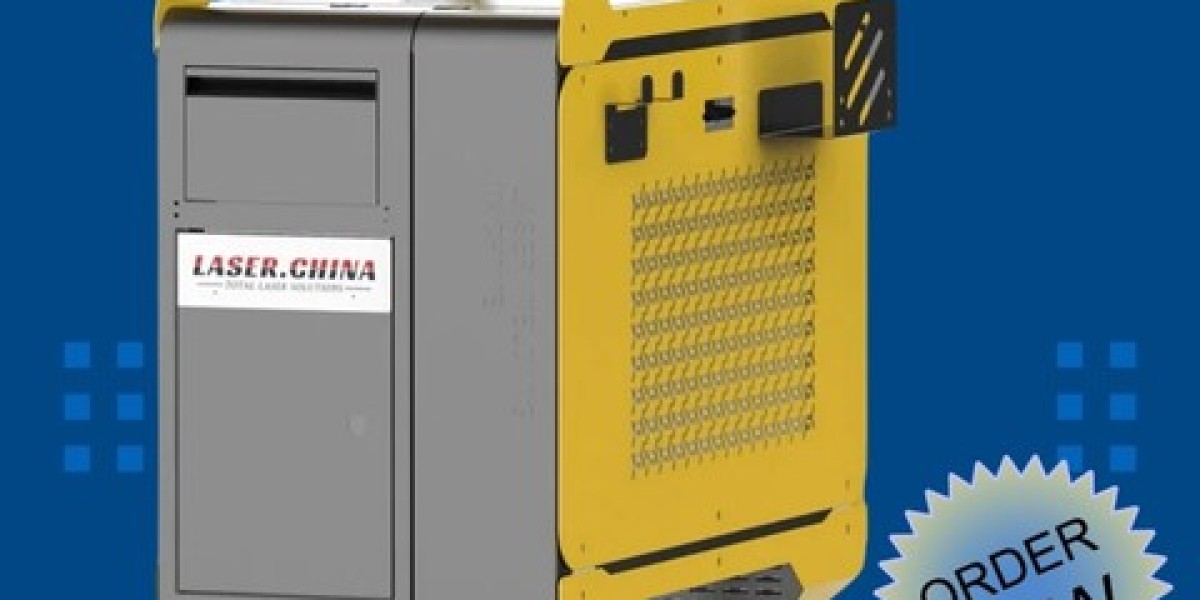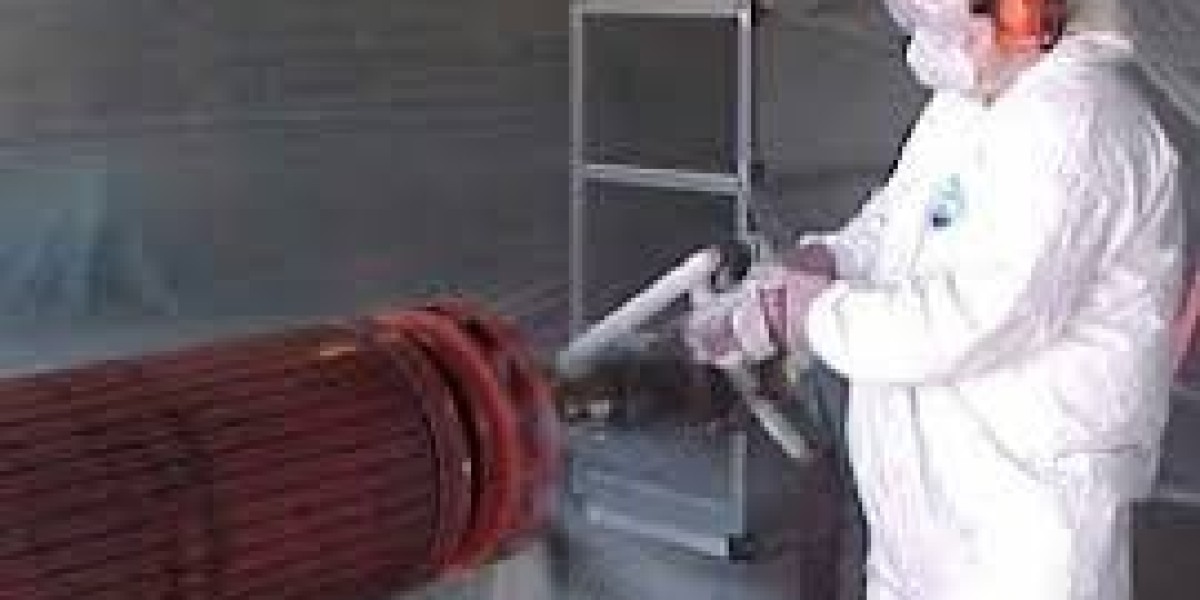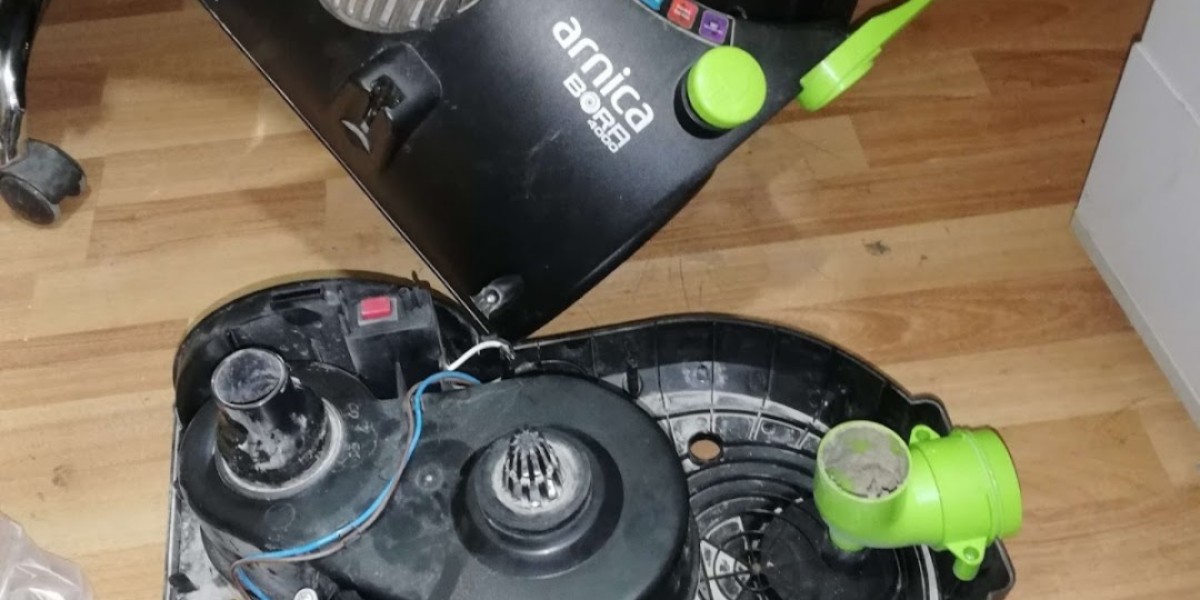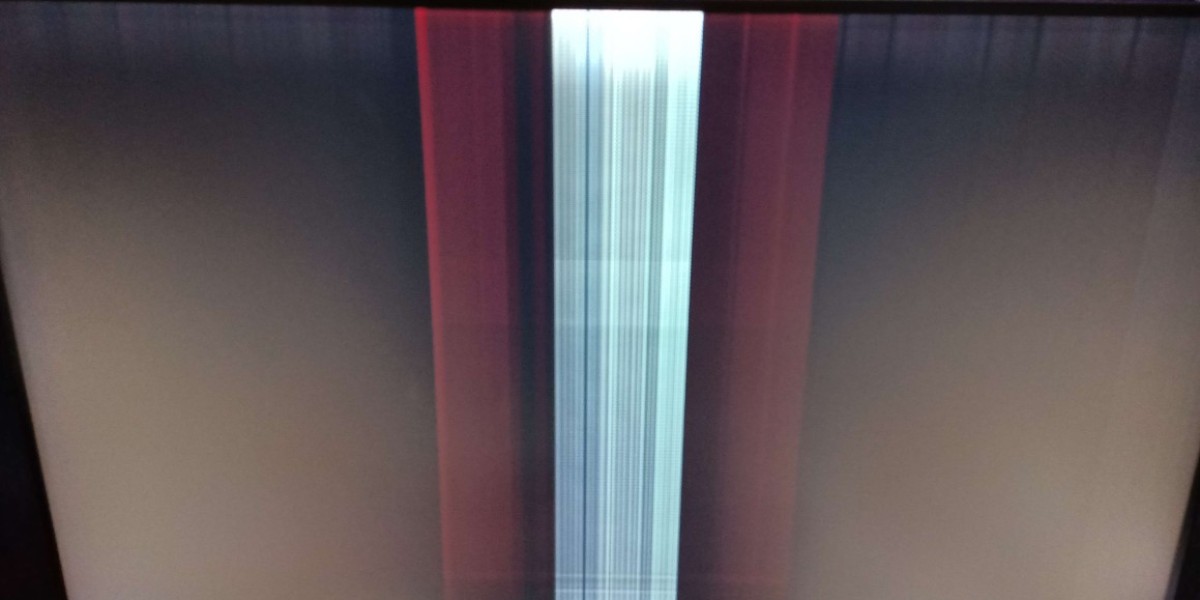At its core, a laser paint remover operates by directing a focused laser beam onto the painted surface. The paint layer absorbs the energy, heats up, and vaporizes, leaving the base material intact. Unlike mechanical abrasion, this process is non-contact, meaning there is minimal risk of scratching, deforming, or eroding the surface. This is one of the main reasons industries ranging from aerospace to shipbuilding are investing in this technology for reliable paint removal.
The Science Behind Laser Paint Removal
The working principle of a laser paint remover revolves around the interaction between laser energy and the paint’s molecular structure. When the laser beam strikes the surface, the energy density is sufficient to break the paint bonds and cause thermal decomposition. Depending on the coating thickness, multiple passes can be made to strip the surface layer by layer.
This process is highly controllable. Operators can adjust laser intensity, speed, and focal depth to suit the type of paint and substrate. For example, on sensitive materials like aluminum or composite panels, lower intensities ensure that the paint is removed without structural damage. In contrast, for heavy coatings like epoxy or industrial-grade protective paints, higher intensities can be applied for faster removal.
The technology’s flexibility lies in its ability to adapt to different materials while producing minimal secondary waste. The residue is often reduced to microscopic dust particles, easily collected by integrated vacuum systems.
Applications of Laser Paint Remover in Industry
The use of a laser paint remover extends across a wide range of sectors due to its precision and efficiency. Below are some of the most prominent applications where this technology has proven its value:
Aerospace Industry
Aircraft surfaces undergo frequent repainting for both functional and cosmetic reasons. Traditional stripping methods can weaken or corrode sensitive alloys, but laser cleaning ensures the structural integrity of the aircraft is preserved. It also allows selective removal of paint layers without harming primer coatings.Automotive Sector
In automotive production and restoration, paint removal is essential for body repairs, welding, or recoating. Laser cleaning provides a fast and controlled method that reduces rework while ensuring smooth surface preparation for further treatment.Shipbuilding and Marine Maintenance
Ships are regularly painted with anti-corrosion and anti-fouling coatings. Removing these thick layers using conventional methods requires large volumes of chemicals or blasting media. A laser paint remover provides a sustainable and effective way to clean hulls and decks while reducing environmental contamination.Military Applications
Defense organizations frequently refurbish vehicles, aircraft, and equipment. Laser systems allow them to strip old paint without damaging sensitive electronics, ensuring equipment longevity and operational readiness.Industrial Equipment Maintenance
Factories and plants rely on repainting heavy machinery to prevent corrosion and maintain safety standards. Laser paint removal simplifies maintenance by offering localized cleaning without dismantling large equipment.
Environmental Considerations
One of the major reasons industries are adopting laser paint remover technology is its environmental impact. Chemical strippers often release volatile organic compounds (VOCs) into the atmosphere, while abrasive blasting generates large volumes of contaminated waste. Both pose risks to workers and the environment.
Laser systems, by contrast, work in a more contained manner. The byproduct of paint removal is primarily dust, which is immediately captured by suction units. This dramatically reduces the risks of airborne toxins or surface contamination. Moreover, because no solvents or abrasives are used, there is less waste disposal required.
This makes the laser paint remover a preferred option for industries aiming to comply with stricter environmental regulations while also prioritizing worker safety.
Economic Impact and Efficiency
Businesses often view new technologies through the lens of cost and efficiency. A laser paint remover may require higher initial investment compared to traditional stripping tools, but the long-term savings are significant. Reduced labor, lower material costs, minimal downtime, and less waste management contribute to overall efficiency.
For example, an aerospace maintenance facility can save weeks of downtime by switching from chemical stripping to laser paint removal. The process is faster, requires fewer consumables, and minimizes the risk of damage that could lead to costly repairs. In shipyards, the ability to operate continuously without pausing for waste cleanup translates into higher productivity and faster project completion.
Technological Integration and Future Prospects
The versatility of a laser paint remover is enhanced by integration with automation systems. Robotic arms equipped with laser heads can strip paint on large surfaces, such as aircraft fuselages or ship hulls, with minimal human intervention. This not only boosts efficiency but also ensures uniform cleaning quality across the entire surface.
Looking forward, advancements in fiber laser technology are making these systems more compact, energy-efficient, and cost-effective. Portable models are also entering the market, allowing on-site technicians to perform precision paint removal in locations where large machinery cannot be deployed.
As the demand for sustainable and high-performance cleaning methods grows, it is expected that the adoption of laser paint removers will expand beyond heavy industries to smaller workshops, automotive repair facilities, and heritage restoration projects.
Case Study: Laser Paint Removal in Aircraft Maintenance
To illustrate the effectiveness of the technology, consider a case study from the aerospace sector. An airline required stripping the paint from its fleet of passenger jets for scheduled repainting. Traditionally, chemical stripping was used, but the process took nearly two weeks per aircraft and involved handling hazardous waste.
By switching to a laser paint remover system, the same task was reduced to a few days. The precision of the laser ensured no damage to the aluminum skin, and because no solvents were involved, the airline reduced its hazardous waste output by over 80%. Additionally, the faster turnaround allowed the airline to return aircraft to service more quickly, directly impacting profitability.
Final Thoughts
The role of a laser paint remover in modern industries is growing stronger as businesses seek cleaner, faster, and more reliable surface preparation methods. By combining advanced laser technology with environmental responsibility and economic efficiency, this solution is reshaping traditional practices across aerospace, automotive, marine, and industrial sectors.
As industries continue to evolve, the integration of laser paint removal into regular maintenance and production will not only enhance efficiency but also set new standards for safety and sustainability. The future of surface preparation is not in chemicals or abrasives—it is in the precision and power of lasers.








